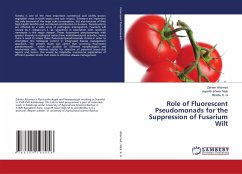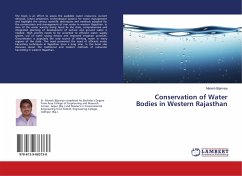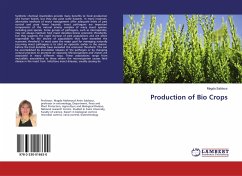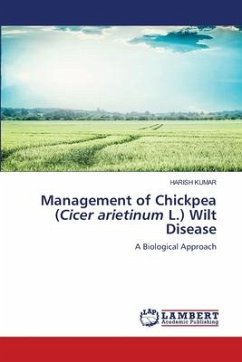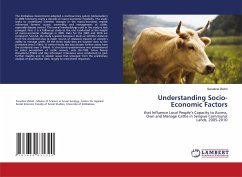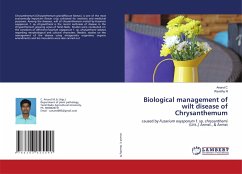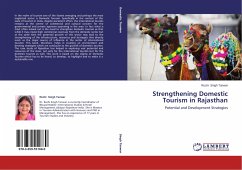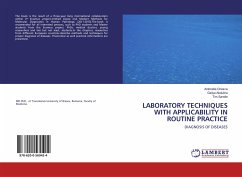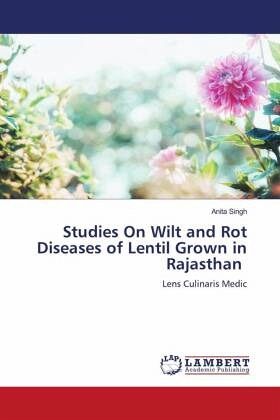
Studies On Wilt and Rot Diseases of Lentil Grown in Rajasthan
Lens Culinaris Medic
Versandkostenfrei!
Versandfertig in 6-10 Tagen
60,99 €
inkl. MwSt.

PAYBACK Punkte
30 °P sammeln!
Pulses are an important ingredient in the diets of vast majority of Indian population. They are mainly grown in semiarid areas throughout world as their drought resistance capacity is relatively high. Pulses are very good source of protein with a good nutritive value. They have a symbiotic relationship with Rizobium, these bacteria forms nodules on the roots and fix atmospheric nitrogen. Some of this nitrogen is utilized by the growing plant but some can also be used by other plants growing nearby and, if the roots are left in the ground when the seeds are harvested this will provide a source ...
Pulses are an important ingredient in the diets of vast majority of Indian population. They are mainly grown in semiarid areas throughout world as their drought resistance capacity is relatively high. Pulses are very good source of protein with a good nutritive value. They have a symbiotic relationship with Rizobium, these bacteria forms nodules on the roots and fix atmospheric nitrogen. Some of this nitrogen is utilized by the growing plant but some can also be used by other plants growing nearby and, if the roots are left in the ground when the seeds are harvested this will provide a source of nitrogen for the next crop. The lentil (lens culinaris) is recognized as a valuable pulse and is grown as a winter crop all over India. It is known to be the most nutritious of the pulses and is an important item in the diet of some people, particularly those of eastern Bengal. India is the world's largest producer of lentil. Lentil cultivation in India occupies nearly 14 lac hectare of land with annual production of 14, 00,000 tones (FAO, 2007). In spite of their wide cultivation, the country is facing deficit of lentil grain due to number of diseases.




